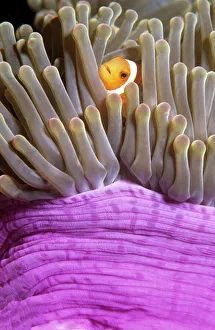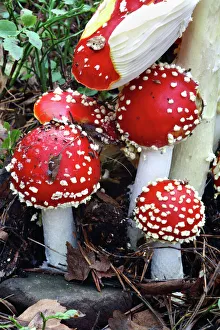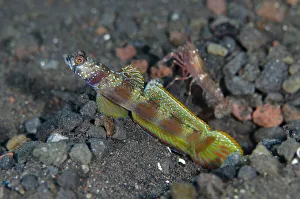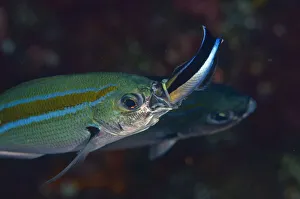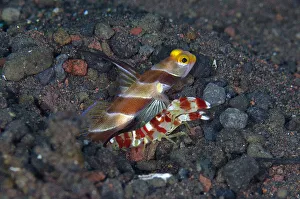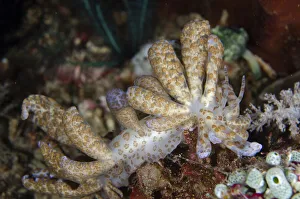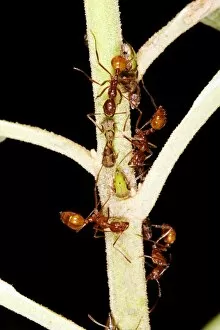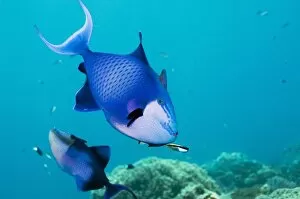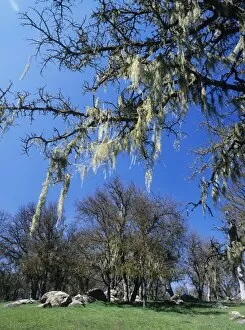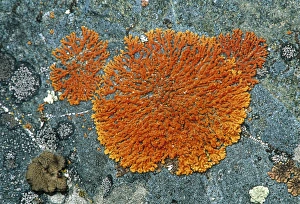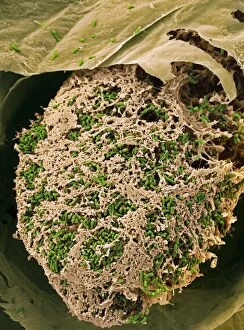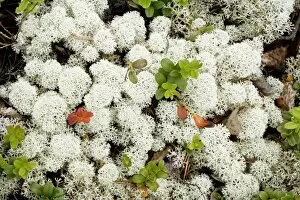Mutualistic Collection
"Nature's Perfect Partnerships: Exploring the Fascinating World Relationships" In the depths of the ocean, amidst vibrant coral reefs, a mesmerizing dance unfolds
All Professionally Made to Order for Quick Shipping
"Nature's Perfect Partnerships: Exploring the Fascinating World Relationships" In the depths of the ocean, amidst vibrant coral reefs, a mesmerizing dance unfolds. The Twoband anemonefish finds solace and protection in the delicate tendrils of its host anemone. This mutualistic bond ensures both partners thrive in their underwater realm. Venturing into the enchanting world of forests, we encounter another captivating example of mutualism. Fly agaric fungi, with their striking red caps adorned with white spots, form a symbiotic relationship with surrounding trees. These fungi provide essential nutrients to the trees while receiving sugars in return - a perfect trade-off for survival. Picture No. 12479486 takes us on a visual journey beneath azure waters where UW INDO 2027 05 captures the intricate beauty of coral reefs teeming with life. Here, countless species engage in mutually beneficial relationships that sustain this fragile ecosystem. UW INDO 1906 59 transports us deeper into this marine wonderland where colorful sea fans sway gracefully alongside tiny fish seeking refuge and nourishment among their branches. Such partnerships exemplify nature's remarkable ability to foster cooperation between different organisms for shared benefits. Delving further into terrestrial landscapes through UW INDO 1905 53 and UW INDO 1902 19 reveals yet more mutualism at work. Picture No. 13131094 showcases Cape buffalo grazing peacefully while being attended by diligent yellow-billed oxpeckers who rid them of pesky parasites - a harmonious alliance ensuring both parties thrive. The wonders continue as we zoom closer to earth's surface through Picture No. 12479485 capturing Cup lichen (Cladonia sp. ) adorning rocks like miniature forest canopies; these lichens forge alliances between algae or cyanobacteria and fungi, creating resilient ecosystems even in harsh environments. Finally, SEM C015 /5082 unveils the microscopic world of lichens, where intricate structures emerge.

